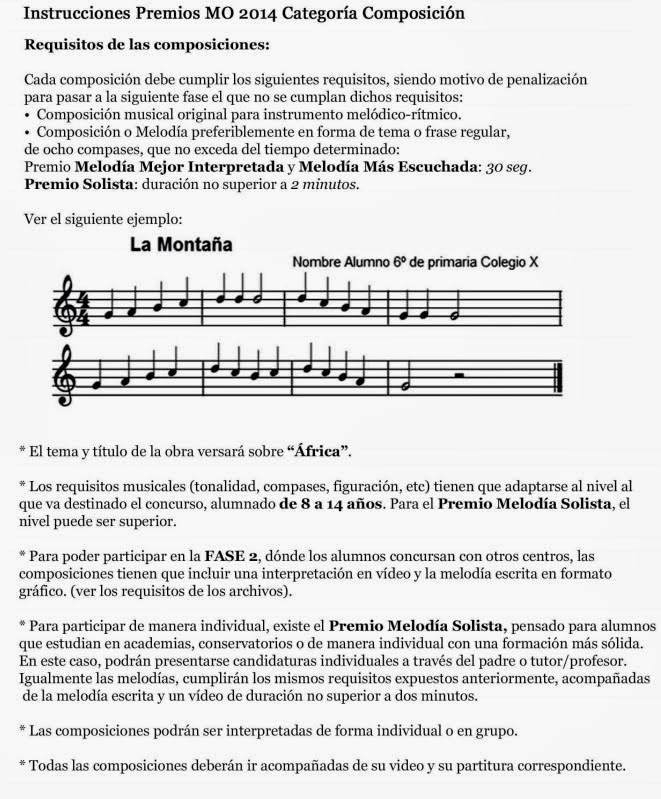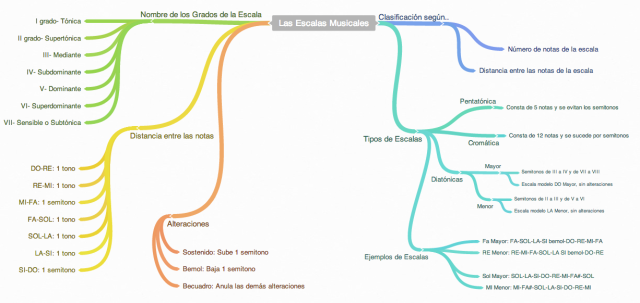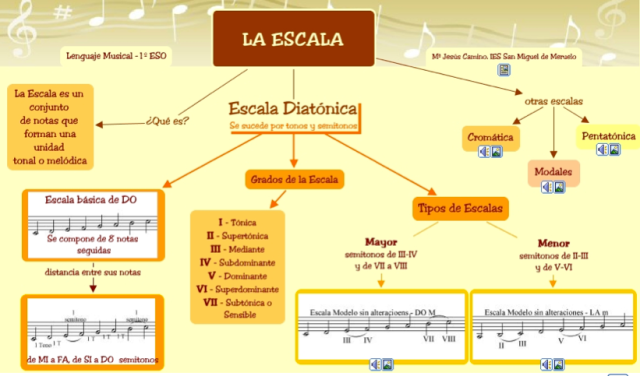Archivo de la etiqueta: Composición
Se trata de una página Wix con interesante información sobre el tema de la Forma Musical.
Contiene 5 páginas: Inicio, Definición, Elementos, Tipos y Mapa conceptual.
Nos va ha venir muy bien tanto para iniciarnos en 2ºESO como perfeccionar en 4º ESO este tema tan básico como interesante en nuestra asugnatura.
Archivado en: Composición, El Lenguaje Musical, Formas Musicales, Mapas Conceptuales
Arvo Pärt (n. 11 septiembre de 1935. Paide. Estonia), compositor estonio.
En el conservatorio de Tallinn, donde estudia composición, se decía de él que “parecía que cuando se sacudía las mangas se le caían las notas”.
En el año 76 surge el tinntinabuli (pequeñas campanas). Su primera pieza distinguida para tintinnabulatio fue Für Alina.
Esta técnica se caracteriza por la melodía estar compuesta libremente, con las voces unidas, la mano derecha tocando notas de la escala de si menor, y la izquierda notas de triadas de sí menor. Cuando en la partitura aparece una flor dibujada, la cosa cambia, ya que la mano izquierda tocará un do sostenido.
El propio compositor nos describe el tintinnabulatio:
“He descubierto que es suficiente cuando una única nota es tocada bellamente. Esta única nota, o un momento de silencio, me consuela. Trabajo con muy pocos elementos y construyo con materiales primitivos. Las tres notas de una tríada son como campanas y es esto lo que yo llamo tintinnabulatio”
Für Alina is a work for piano composed by the Estonian composer Arvo Pärt. It can be considered as an essential work of his tintinnabuli style.
Für Alina was first performed in Tallinn in 1976, along with six other works, after a long preparatory period in Pärt’s life as a composer. This concert was the first to introduce his new signature style of composition, referred to as the tintinnabuli style.
Für Alina was dedicated to a family friend’s eighteen year-old daughter who had just gone to study in London. Its introspection calls to mind a vivid image of youth, off to explore the world.
The piece appears very simple on the page and could be played by any person willing to spend a little time with a piano. It has both the left and right hand written in G clef and only the echoing bass octave is written in F clef. Its simplicity is deceptive.
To achieve purity of sound remains a challenge and demands an accomplished pianist with a good ear to produce the harmonic balance and symmetry the composition requires. It is common to repeat the composition several times.
Variations could also be applied from one repetition to the other, like the exact 8ava of the two (melody) hands (stead for the length of each full repetition).
The score of Für Alina is only two pages long. It is in the key of B minor and is played piano (p).
The only notation related to tempo is Ruhig, erhaben, in sich hineinhorchend, which roughly translates as peacefully, in an elevated and introspective manner.
There is no time signature. It begins with a low double-octave B, which echoes throughout the whole work (save for the last section); it should be played with the pedal down throughout (a single pedal shift is found before the last four bars). The right hand plays the notes an octave higher than noted.
Considering there is no time signature, the tempo is free, yet introspective in a way that allows the player to personalize the experience of playing it by responding to the notes and occasional dissonance.
Thus the use of rubato becomes essential. Both hands play their single notes at the same time. Only two types of notes appear in the score: whole notes and stemless black notes (more free as to their duration).
It has only 15 bars of written music: the first bar has the low bass octave. From there onwards begins the following pattern: the second bar has one note-head and one whole note, the next bar has two quarter notes and a whole note, and so on until a bar that has seven quarter notes and a whole note.
This pattern then scales down again, to one quarter note and a half note. The last bar has two quarter notes and a half note. In other words, the first bar as one note, the second has two, the third has three, and so on.
It is built as such: 1 2 3 4 5 6 7 8 7 6 5 4 3 2 3. The compositional symmetry mirrors the harmonic symmetry. If played softly enough, with the pedal down and given enough time, the notes (often resulting in minor and major clashes between B and C#, D and E, and F# and G) can produce a humming of dissonance in the piano’s machinery, a phenomenon that only adds to the transcendental nature of the piece.
The entire harmonic structure, save for one note, is constructed so that the left hand part is the highest note in a B Minor chord which is below the melody line. Thus, when the melody is on a C# or D, the left hand is on a B. When the melody is on an E or F#, the left hand is on a D, and when the melody is on a G, A, or B, the left hand is on an F#.
The only break from this harmonic structure appears when the left hand hits a C# below an F# in the right hand, synchronous with the release of the pedal at end of the 11th bar.
“Mi música es similar a la luz que pasa a través de un prisma: la música puede tener un significado ligeramente diferente en cada oyente, creando un espectro de experiencias musicales, similar al arco iris”.
Más información:
Arvo Pärt. Filomúsica
Arvo Pärt. Artículo publicado en clasicamexico.com
Premios MO 2013 Composición.
Las escalas musicales nos harán comprender mejor algunos aspectos de la música como son las tonalidades y el comportamiento de las melodías que tocamos con la flauta.
Pero antes de analizar y hacer algunos ejercicios y análisis prácticos, vamos a ver el mapa conceptual que está basado en los apuntes de clase. En este esquema están los puntos del tema que vamos a trabajar, los de repaso y los nuevos. Para ver el mapa ampliado y online haced clic en la imagen.
Os dejo también este mapa que he utilizado otros años ya que tiene los ejemplos musicales en pentagrama.
Archivado en: Composición, El Lenguaje Musical, Mapas Conceptuales




.png)

_1.png)


